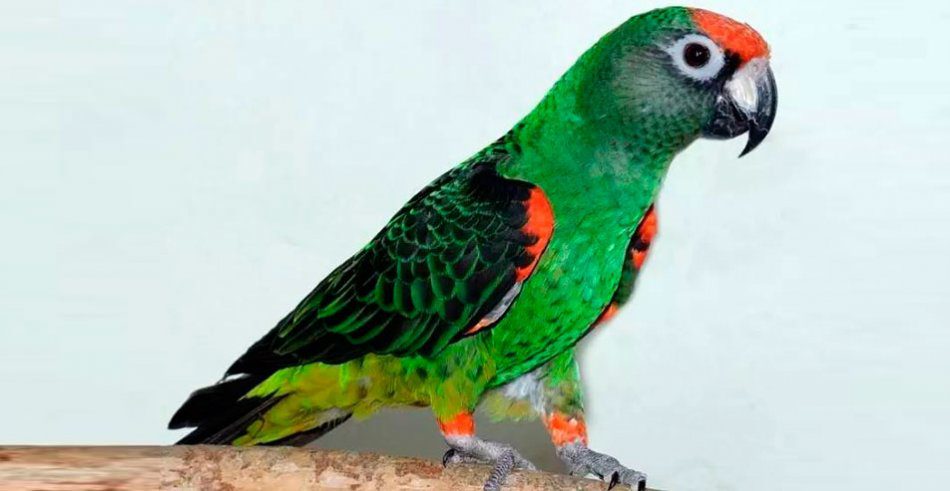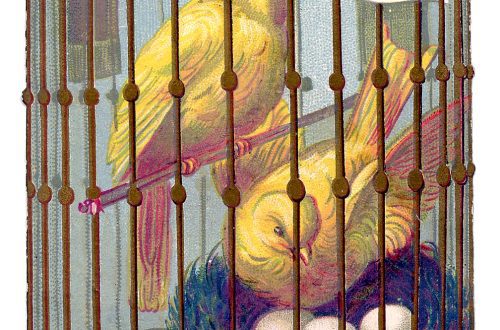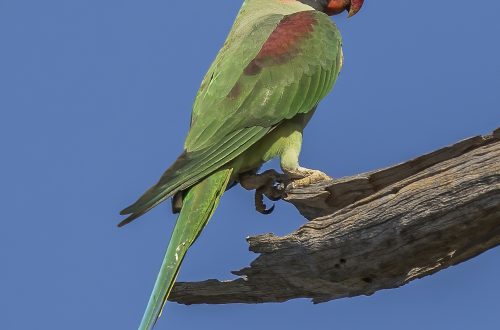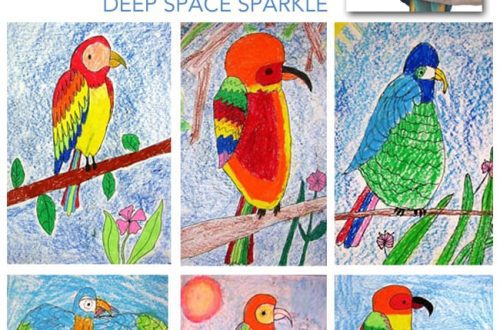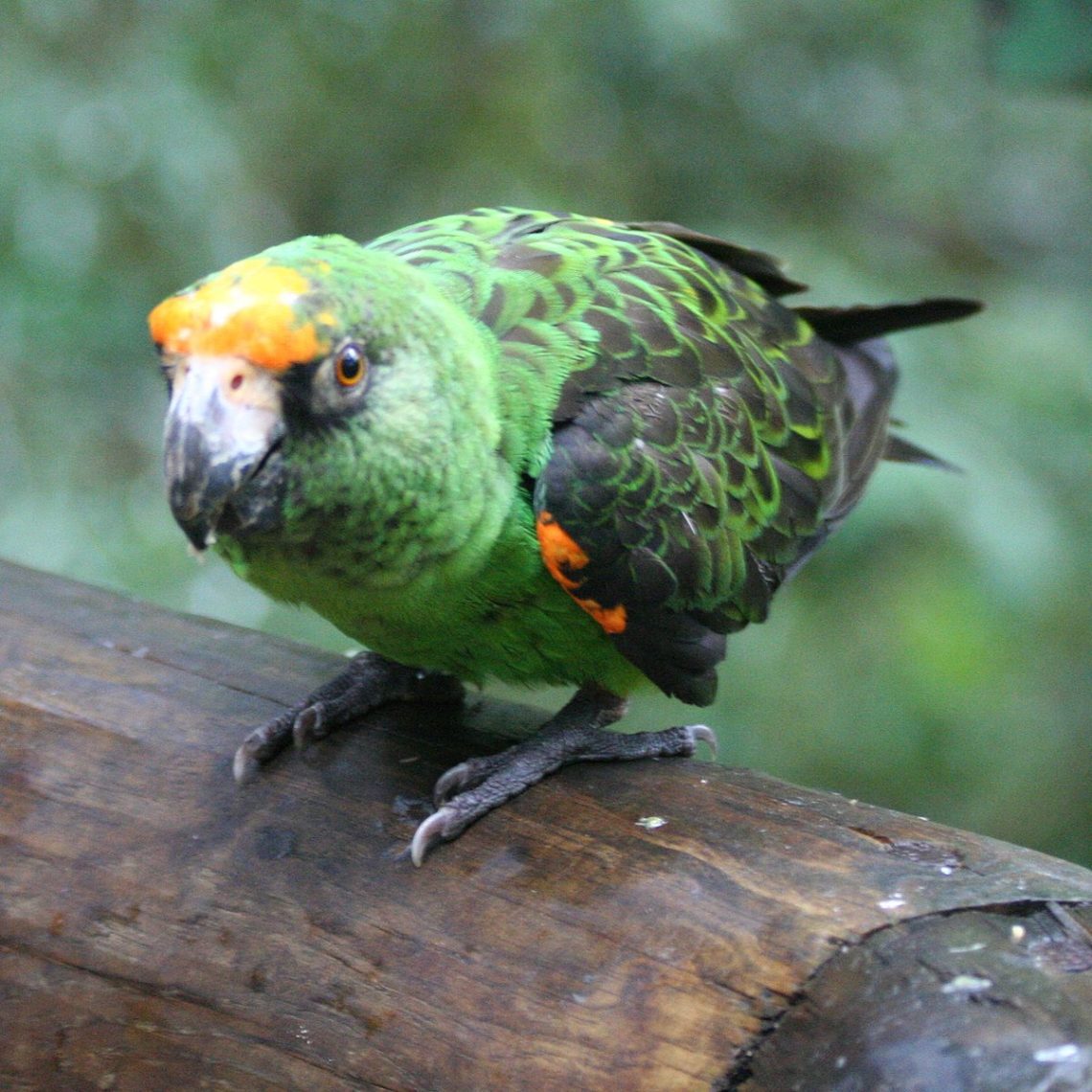
Congo Parrot (Poicephalus gulielmi)
«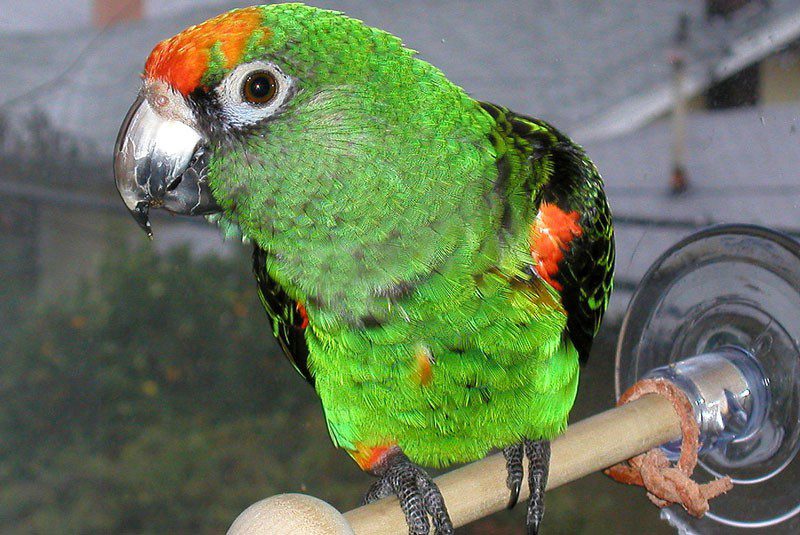 In the photo: Congo parakeet
In the photo: Congo parakeet
Order | Parrots |
family | Parrots |
Race | Parakeets |
View | Congo Parakeet |
Contents
APPEARANCE
The body length of the Congolese parrot is from 25 to 29 cm. The body of the parrot is painted mainly green. The upper part of the body is blackish-brown, bordered with green feathers. The back is lemon, and the belly is decorated with azure strokes. “Pants”, fold of wings and forehead are orange-red. The undertail is black-brown. Mandible reddish (tip black), mandible black. There are gray rings around the eyes. The iris is red-orange. The paws are dark gray. An amateur cannot distinguish a male from a female, since all the differences lie in the shade of the color of the iris. The eyes of males are red-orange, and the eyes of females are orange-brown. Congolese parrots live up to 50 years.
HABITAT AND LIFE IN THE WILL
The Congo parrot can be seen in West and Central Africa. They live in tropical rainforests at an altitude of up to 3700 meters above sea level. Congolese parrots feed on the fruits of the oil palm tree, legcarp and pine nuts.
KEEPING IN HOME
Character and temperament
Congolese parrots are calm and docile. They do not require much attention, and sometimes just seeing the owner is enough for them to feel comfortable. Some experts say that Congolese parrots imitate people’s speech so accurately that they are able to keep up a conversation no worse than a Jaco. These are loyal, affectionate and playful pets.
Maintenance and care
The cage must be equipped with toys (for large parrots) and a swing. In this case, the parrots will find something to do with themselves. The Congolese parrot always has to gnaw something, so be sure to provide it with twigs. These birds love to swim, but washing in the shower is unlikely to be to their liking. It is better to spray the pet from a spray bottle (fine spray). And you need to put a bathing suit in the cage. If you choose a cage, stop at a spacious and strong all-metal product equipped with a reliable lock. The cage should be rectangular, the bars should be horizontal. Carefully choose a place for the cage: it should be protected from drafts. Position the cage at eye level with one side facing the wall for comfort. Congolese parrots should be allowed to fly in a safe area. Keep the cage or aviary clean. The bottom of the cage is cleaned daily, the floor of the aviary – 2 times a week. Drinkers and feeders are washed daily.
Feeding
An obligatory element of the diet of the Congolese parrot is vegetable fat, because they are accustomed to oilseeds. Be sure to place fresh branches in the cage, otherwise the bird will gnaw on everything (including metal). Before breeding and during the period of incubation and rearing of chicks, the Congolese parrot needs protein feed of animal origin. Vegetables and fruits should be present in the diet all year round.



